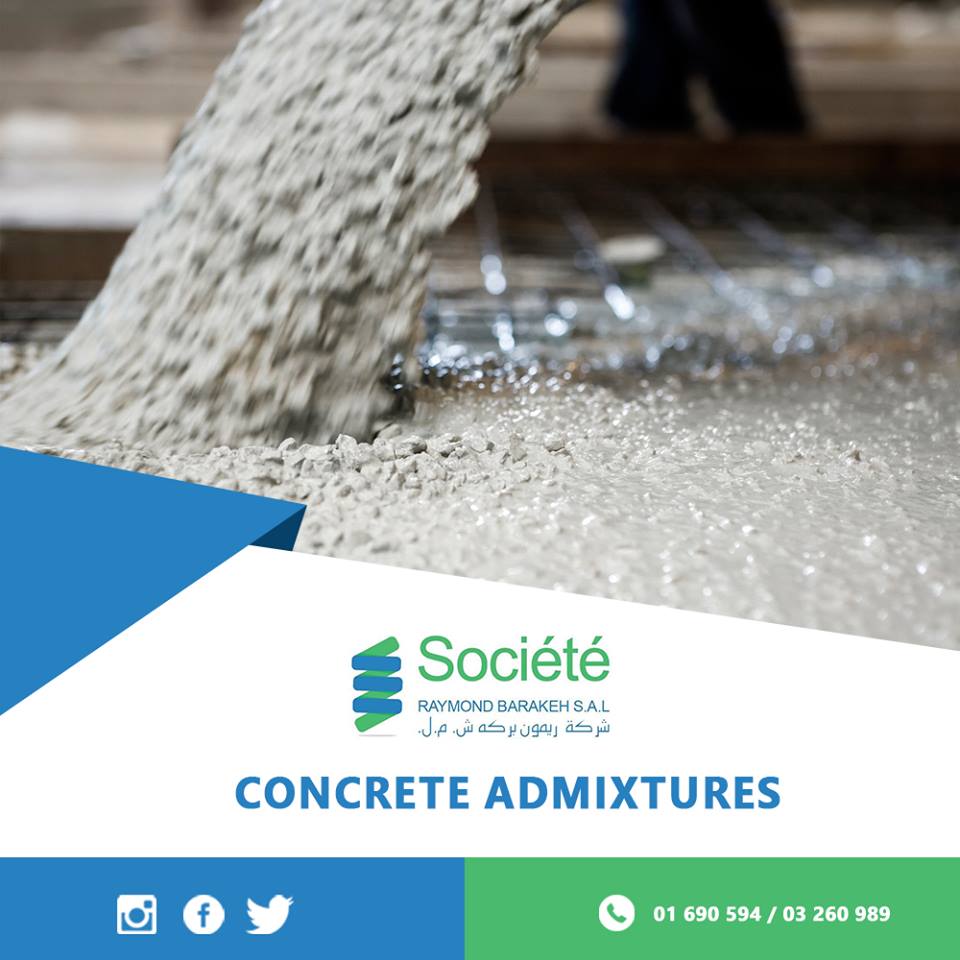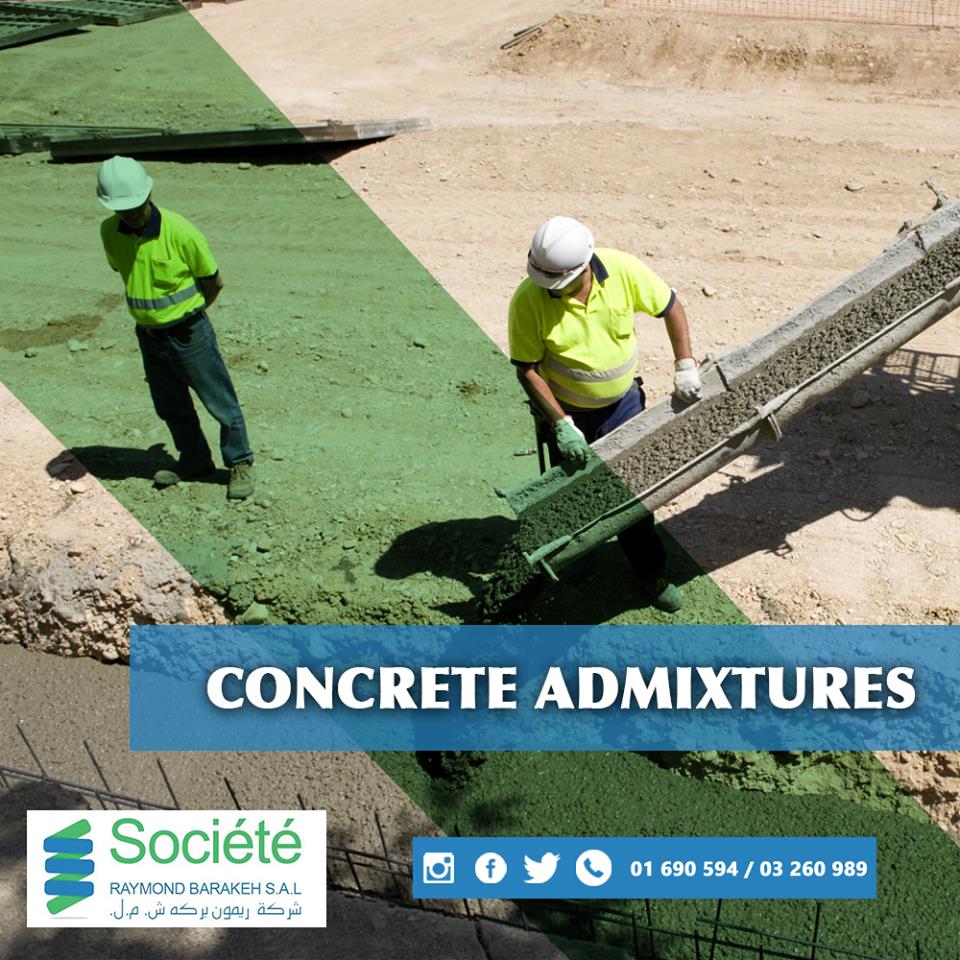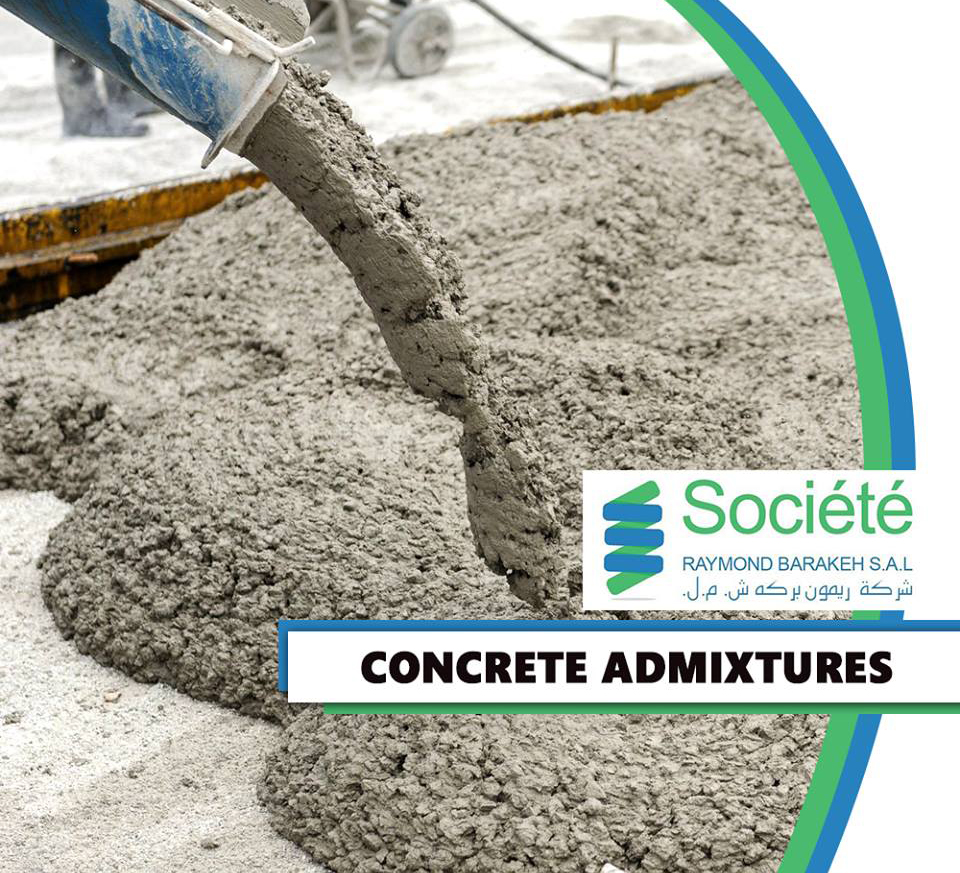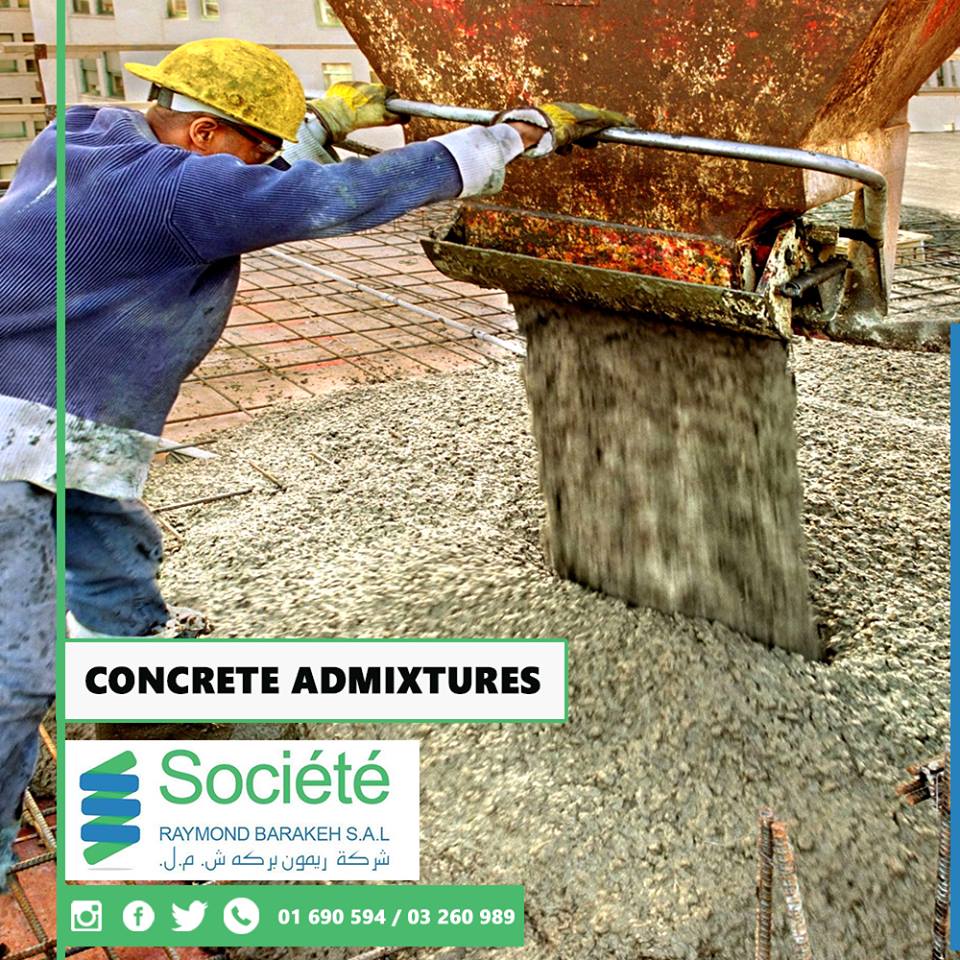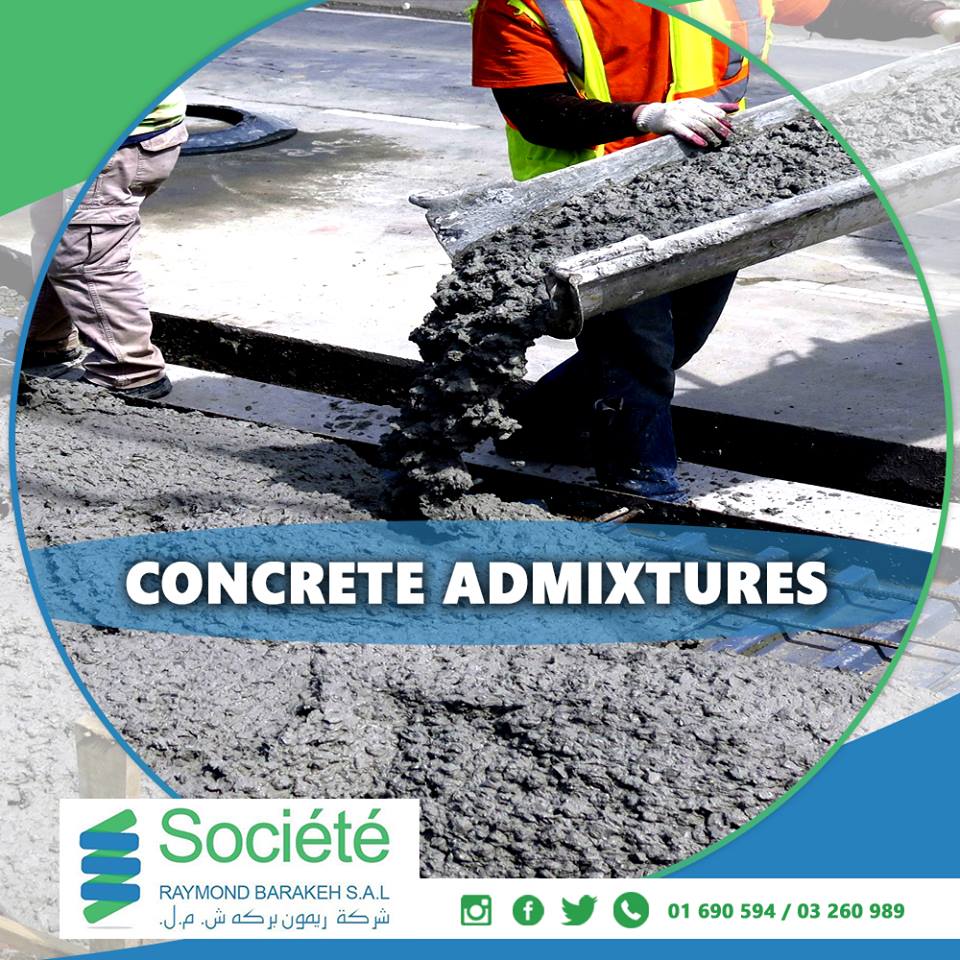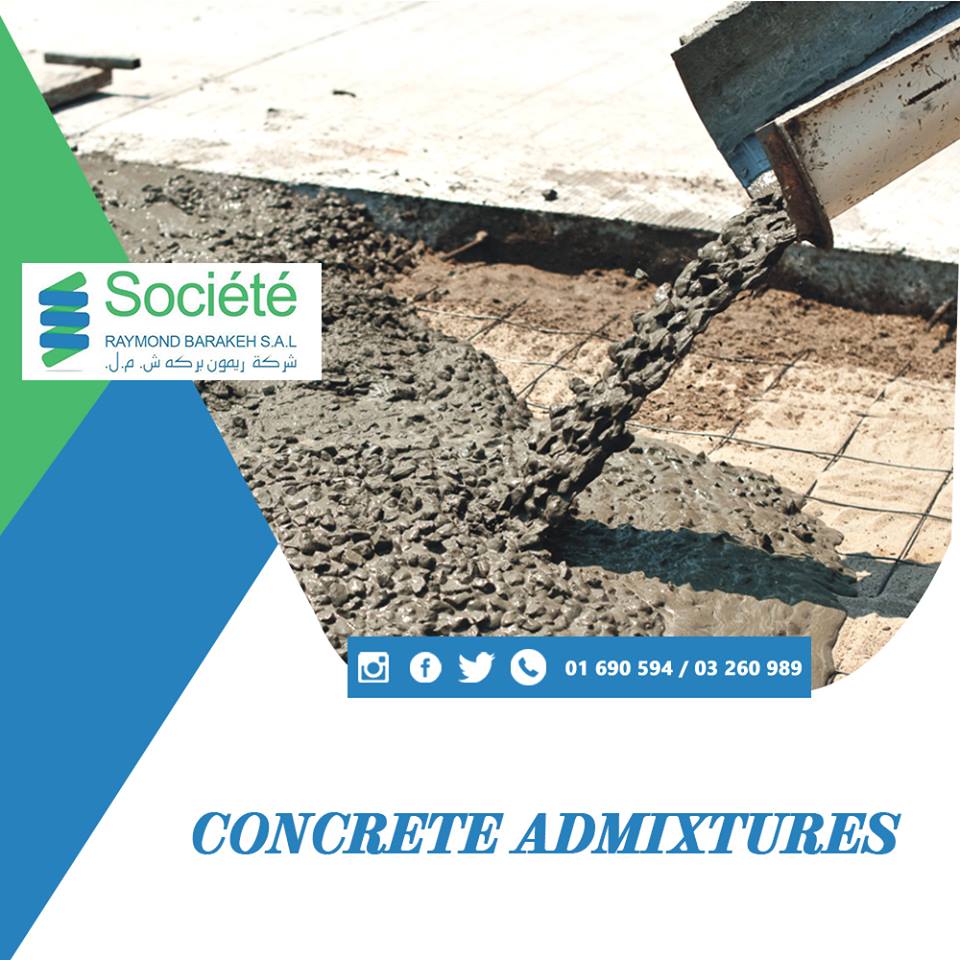Admixtures are those ingredients in concrete other than portland cement, water, and aggregates that are added to the mixture immediately before or during mixing.
Concrete should be workable, finishable, strong,durable, watertight, and wear resistant. These qualities can often be obtained easily and economically by the selection of suitable materials rather than by resorting to admixtures (except air-entraining admixtures when needed).
The major reasons for using admixtures are:
1. To reduce the cost of concrete construction.
2. To achieve certain properties in concrete more effectively than by other means.
3. To maintain the quality of concrete during the stages of mixing, transporting, placing, and curing in adverse weather conditions.
4. To overcome certain emergencies during concreting operations.
Workable
Strong
Durable
Finishable
Watertight
Admixtures
| Type A | Water reducing admixture that reduces the quantity of mixing water required to produce concrete of a given consistency. |
| Type B | Retarding admixture that retards the setting of concrete. |
| Type C | Accelerating admixture that accelerates the setting and early strength development of concrete. |
| Type D | Water reducing and retarding admixture that reduces the quantity of mixing water required to produce concrete of a given consistency and retards the setting of concrete. |
| Type E | Water reducing and accelerating admixture that reduces the quantity of mixing water required to produce concrete of a given consistency and accelerates the setting and early strength development of concrete. |
| Type F | Superplasticizing admixture that reduces the quantity of mixing water required to produce concrete of a given consistency by 12% or greater. |
| Type G | Superplasticizing and retarding admixture that reduces the quantity of mixing water required to produce concrete of a given consistency by 12% or greater and retards the setting of concrete. |
Rendering Mortar
| â–º | Smooth. |
| â–º | Scraped. |
| â–º | Textured. |
| â–º | Tooled. |
| â–º | Thrown. |
| â–º | Special ornamental. |
Set retarding concrete admixtures are used to delay the chemical reaction that takes place when the concrete starts the setting process. These types of concrete admixtures are commonly used to reduce the effect of high temperatures that could produce a faster initial setting of concrete.
Functions of admixtures to modify hardened concrete properties:
a) To retard or reduce heat generation during early hardening.
b) To accelerate the rate of strength development.
c) To increase the strength of concrete or mortar (Compressive, tensile or flexural).
Following are the types of concrete admixtures:
- Air entraining concrete admixture.
- Water reducing admixture.
- Retarding concrete admixture.
- Accelerating concrete admixture.
- Calcium chloride.
Chemical admixtures are the ingredients in concrete other than portland cement, water, and aggregate that are added to the mix immediately before or during mixing.
Water-reducing admixtures are used to reduce the quantity of mixing water required to produce concrete of a certain slump, reduce water-cement ratio, reduce cement content, or increase slump. ... Adding a water-reducing admixture to concrete without reducing the water content can produce a mixture with a higher slump.
Functions of admixtures to modify hardened concrete properties:
a) To retard or reduce heat generation during early hardening.
b) To accelerate the rate of strength development.
c) To increase the strength of concrete or mortar (Compressive, tensile or flexural).
To improve the workability of concrete:
- Increase water/cement ratio.
- Increase size of aggregate.
- Use well-rounded and smooth aggregate instead of irregular shape.
- Increase the mixing time.
- Increase the mixing temperature.
- Use non-porous and saturated aggregate.
- Add air-entraining mixtures.
True slump refers to general drop of the concrete mass evenly all around without disintegration. Shear slump indicates that the concrete lacks cohesion. It may undergo segregation and bleeding and thus is undesirable for the durability of concrete.
Consequently, as the w/c ratio increases, the porosity of the cement paste in the concrete also increases. As the porosity increases, the compressive strength of the concrete will decrease. Soundness of aggregate: it will be obvious that if the aggregate in concrete is weak, the concrete will also be weak.
Generally concrete takes 28 days to reach to its 90% strength and it would theoretically take infinite time to achieve 100% strength.
If there is too much water, the chemical reaction (hydration) that "cures" the cement in the concrete is adversely affected if there is too much (or too little water) in the mix, leading to weaker concrete than if the optimum amount of water is used.
Water can be added on site if some of the water from the mix design was held back during the initial mixing. The alternative of using a water-reducing admixture or superplasticizer to increase concrete slump should always be considered because adding to much water may weaken the concrete or cause cracking.














